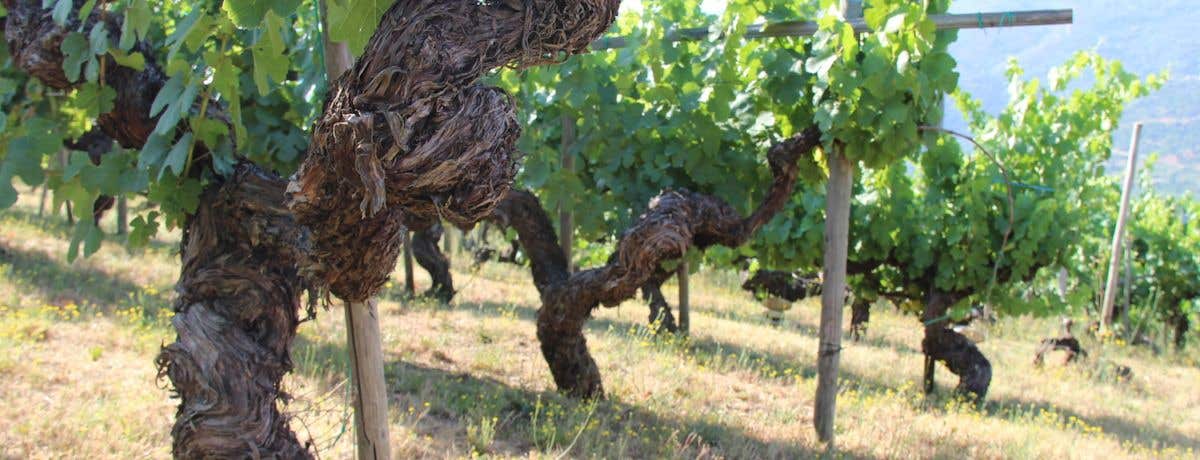Galicia

First-time visitors to Galicia in far north-west Spain are almost invariably amazed to find quite how 'un-Spanish' it is. The countryside is green, lush and gentle, sometimes oddly reminiscent of Ireland. Rain-bearing clouds speed in off the Atlantic, which forces its way into the mainland along many-fingered estuaries called rías, bringing an enviably rich variety of fish to an originally Celtic population. The political centre is Santiago de Compostela, to which pilgrims have flocked for centuries.
For years Galicia made slightly fizzy, bone dry, light-bodied whites rather similar to the Vinho Verde made over the border in Portugal. Such wines rarely escaped the fish restaurants of the region itself. But since the early 1980s Galicia has been increasingly valued by Spaniards as their one source of fine, often exotically scented, crisp white wines. The top white Galician wines, usually made from the Albariño grape, are some of the most sought after in Spain and have a growing following around the world.
Rías Baixas, right on the coast to which Christopher Columbus returned with the news that it did not represent the end of the world, is the most famous region in which Albariño seems to thrive. The locals swear it must be related to Riesling, so pure is its aroma and surprising its ability to age in bottle. Agnusdei, Pazo de Barrantes, Martín Códax, Quinta de Couselo, Granxa Fillaboa, Lagar de Cervera, Morgadio, Nora and Pazo de Señorans are some of the most admired producers, and Adegas des Eiras and Agro de Bazán were the pioneers of barrel fermentation, which may not be ideal for these delicate wines. Ribeiro is slightly further inland and is most like Portugal's Vinho Verde in that it is upstream along the same river (the Miño in Castilian), depends heavily on Treixadura vines but also makes substantial quantities of light, tart, deep-coloured reds made from the red-fleshed Alicante Bouschet for strictly local consumption – often, curiously, in white porcelain bowls. Adegas Fernández, José Merens Martínez, Viña Mein, Emilio Rojo and Vilerma make some fine wines here.
Still futher inland, the steep, inhospitable vineyards of Valdeorras can produce top quality, mineral-scented dry whites from the local Godello grape. Producers of note include Rafael Palacios and Valdesil, both of whom have access to some particularly old vines. Mencía is the signature grape of the increasingly fashionable Bierzo region just east of Valdeorras. Grown on slate terraces, perhaps most notably by Alvaro Palacios’s nephew Ricardo, it can produce wines that are unusually fragrant and elegant. Other upcoming wine regions in this north-west corner of Spain include Ribeira Sacra and Monterrei, both increasingly appreciated for their red wines.